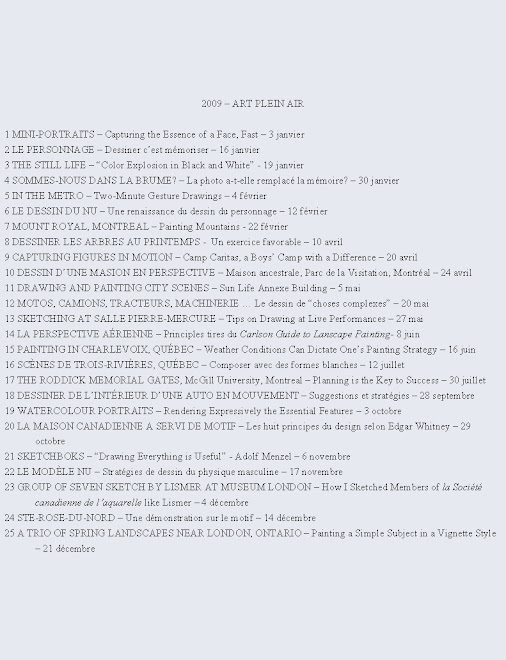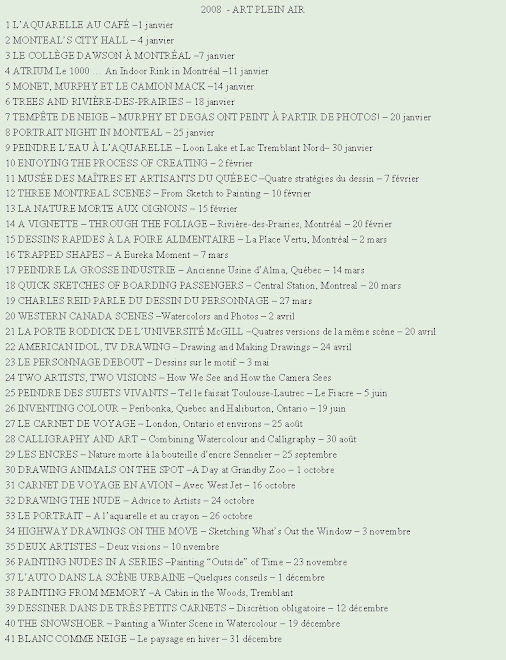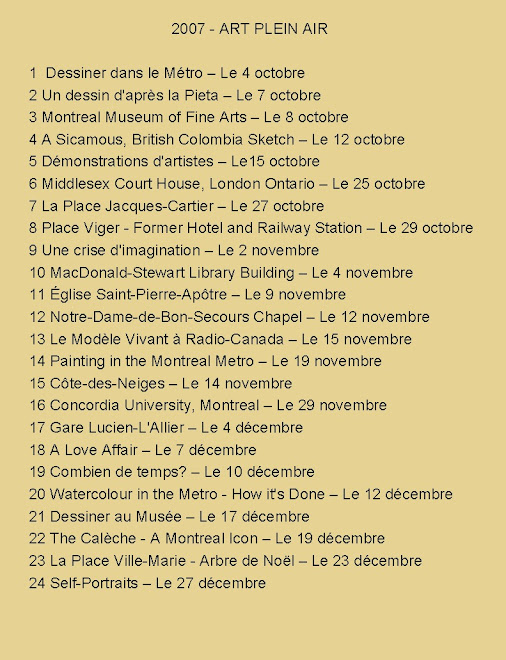The photograph fixes the appearance of the event
Artists today are privileged to be able to use a limitless number and kind of images as reference of instant appearances to create figurative and non-figurative art. “Photographs preserve instant appearances” says John Berger in a most interesting essay written in 1978 titled Uses of Photography** where he cites some of his responses to Susan Sontag’s book On Photography. Berger continues: “Human visual perception is a far more complex and selective process than that by which a film records. Nevertheless … both register images. What the camera does, however, and what the eye in itself can never do, is to fix the appearance of that event. It removes its appearance from the flow of appearances and it preserves it …”
Figures in motion fixed in time by the camera
When I decided to paint a portrait of our pet dog Charlie I could not have done so without the use of photos. I needed to fix his appearance so I could use it interpretively in a painting. Charlie could not “pose” long enough for me to paint his portrait. So I chose one of the photos from about a dozen and used it as a reference of his appearance.
Using photographs versus copying them
I suspect that Degas foresaw that some artists in the future would be tempted to “copy” too closely from photographs. In these I often sense that the hand or “signature” of the artist is absent. I have also found through personal experience that about the only way to develop a personal style is to draw and sketch often from nature and from life. I am tempted to add that if a painting cannot be attributed to the artist as seen from a distance chances are the artist does not have enough experience working from nature and life.
1. Tonal value study: It is crucial when working from photos not to skip this step. During this initial phase I think in terms of value, shape, form, light, dark, design and composition. To skip this step and to go straight to rendering from the photo is to fall into the “reproducing” trap. For example, it is during this phase that I will make adjustments in composition and value. I will also eliminate superfluous details which the camera records.
Everyone loved Charlie
As much as we wanted to keep our family dog forever there came a time when he had given all the love he could. At ten years of age Charlie bid us good bye. I reframed the portrait I had painted of him in 2002 when he was two and hung it in a prominent place. Whenever we look at it we remember the joy Charlie brought to all he greeted – as he smiled, wagged his tail and squirmed with happiness.
* Art and Photography by Aaron Scharf, p. 184
** Selected Essays by John Berger edited by Geoff Dyer, p. 286
Raynald Murphy sca


























